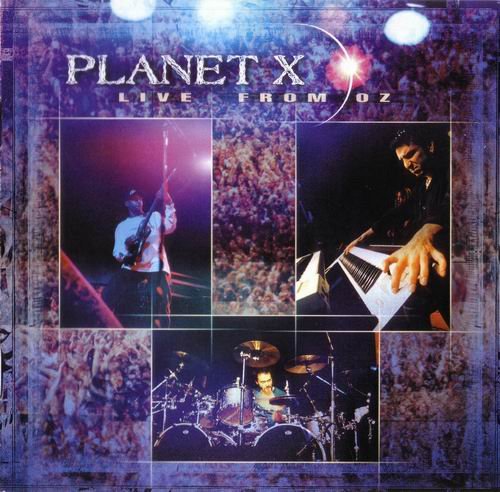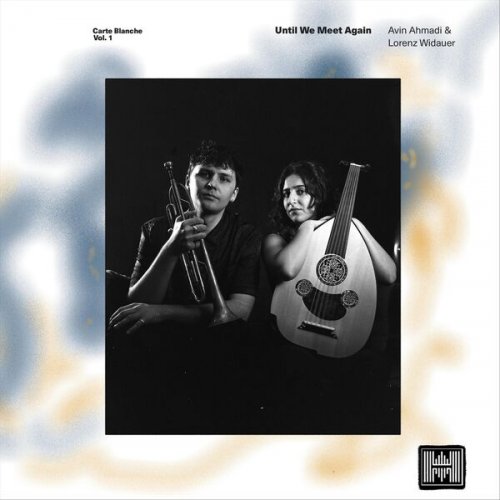1. Haru no Umi (Arranged by Valentina Ciardelli)
2. 3 Poèmes de Stéphane Mallarmé, M.64: No. 1 in G Major, Soupir: Mon âme vers ton front où rêve (Arranged by Valentina Ciardelli)
3. 3 Poèmes de Stéphane Mallarmé, M.64: No. 2 in F Major, Placet futile: Princesse! à jalouser le destin (Arranged by Valentina Ciardelli)
4. 3 Poèmes de Stéphane Mallarmé, M.64: No. 3 in G Major, Surgi de la croupe et du bond (Arranged by Valentina Ciardelli)
5. Elegy
6. La princesse jaune: XII. Chanson. Sur l’eau claire et sans ride (Arranged by Valentina Ciardelli)
7. Igor II (For solo double bass)
8. After Igor (For solo harp)
9. Randori Suite: I. I boccioli nel quadro
10. Randori Suite: II. Lo specchio nell' acqua (After Matsuo Basho)
11. Randori Suite: III. Takiyasha The Witch And The Skeletron Spectre
12. Ukigumo
13. Butterfly Effect (Le melodie giapponesi attraversano le mura di Lucca) (After Giacomo Puccini)
14. Blessed Relief (Arranged by Valentina Ciardelli)
A reciprocal fascination between Japanese and Western music has been long standing, however it has developed significantly since the second half of the nineteenth century. Within the sixteenth century the Spanish and Portuguese Jesuit missionaries began introducing European music to the Japanese, while at the same time getting to know the traditional Japanese instruments. However, in the two ollowing centuries, Japan shut iself away and only in 1868 in a new era of politics opened the doors to the West, revolutionising the country.
The assimilation of Western knowledge happened across all areas of culture, from the learning of visual arts to dressing fashion. It is not by accident that in the twentieth century, Japanese composers started to form a Western-style education to rediscover their own roots. Traditional culture was often experienced as a memory of an authoritarian and woeful world, however it was not the same for Western people, quite the contrary. Europeans and Americans looked to traditional music as found in the nō theatre and kabuki, but also to the Bunraku puppet theatre as inspiration. The great Universal Expositions, starting from that of Paris in 1889, opened up a previously unknown aural world to the west, leading to a new concept of timbre and of musical temperament. The fashion of was initially articulated in terms of exoticism and landscape, implying the Western mimesis of Japanese intervals and harmonies. Later, particularly French composers would explore timbral aspects and sound spatialisation used in Japanese music. Messiaen evoked traditional Japanese instruments in his Sept Haïkï, where the economy of ideas is typical for the poetic form of the haiku surfaces. Debussy suggested deeper elements of thought, particularly shown with the ideas of stasis and “time stretching” which provided important stimuli for both John Cage and Steve Reich, also known to fascinate Boulez as well. Another continuing aspect is the co-existence of several distinct sonorities in the orchestra, inspired by the Japanese. It is unlike the density of Central Europe’s Romantic symphonic style, with its dramatic importance attributed to sound gestures and an opulent taste for a variety of vocal ranges. In contrast the musical value is assigned to silence and the importance given to the sounds’ attack. In the theatrical field, Japan attracts playwrights such as Claudel, Brecht, Artaud and Peter Brook. In music, it fascinated Stravinsky, Ravel, and Britten. Continuing in their footsteps, a concept-album influenced by the Japanese style, using only the sparse duo of double bass and harp is in keeping with greats of the past. Like a typical, minimal Japanese ensemble, the joint presence of these two instruments allows a variety of timbres and attack on the strings through the use of non-conventional techniques. Such techniques are employed for evoking natural elements, for example within the piece Haru No Numi (The Sea during Spring) by Michio Miyagi: the soundscape evokes and describes the sentiment of nature. Whilst using a background motif provided by the harp, the double bass recalls traditional tunes (and vice-versa), painting a picture of the human existence in its ecstatic and painful feelings when facing nature. The Trois lyriques de la poésie japonaise by Stravinsky constitute, from their instrumentation, models for Ravel’s Trois Poèmes de Mallarmé (1913), found here in re-working by Valentina Ciardelli. Clearly, not all the forces of the original score for voice, piccolo, flute, two clarinets, piano and string quartet can be preserved with this duo; however this version keeps the essence of the Japanese simplicity. Ravel preserves the essence of precocity in Mallarmé’s poetry when he sets his words to music. This has been re-captured by Valentina Ciardelli in her reworking by the double bass resuming in itself the arpeggios originally performed by the string quartet. The harp frequently takes on the piano’s part however the arranger plays also on the unexpected, with at times, entrusting the part of high-pitched instruments to the double bass, and vice versa, the harp the low-pitched. Hirano Yoshihisa, a composer famous for the Anime score Death Note (2008), creates an enchanted atmosphere in his Elegy. In this piece we find marked contrasts as described by the composer, “from the grotesque to the nostalgic cantabile, to the rhythmic”. The dialogue between the two instruments portrays an elegiac feeling in an unusual fashion, sensuous but with a taste for harmonic transgression, with complex counterpoint generated by the ascending and descending movements of the two instruments. Influences from central Europe surface with reminiscence of Johann Straus jr. ‘s Fledermaus, but soon become alienated. The enigmatic aspects of Ravel’s ideas stand greater immediacy with the mélodie by Saint-Saëns, Sur l’eau claire et sans ride; however the composer’s fascination for the country of the Rising Sun is evident in the work La princesse jaune.
Far East, here, is synonymous with sensuous abandonment and opioid-induced ecstasy.
Igor II and After Igor are homages by Valentina Ciardelli to the beloved figure of Stravinsky. Originally for solo double-bass, Igor II belongs in a suite of four movements dedicated to four protective deities (the other movements are dedicated to Puccini, Bernstein and Zappa). Rhythmic vitality and melos intertwine as in a patchwork quilt, between pizzicatos on a bourdon note, overtones depicting folk like melodies, scratching chromatic jétés. After Igor, for harp, with patterns clearly citing the Rite of Spring, reflects on the relationship between West and East, between painstaking analysis and instinct: Neo-Classical elements are superimposed to a more visceral melos.
In Randori Suite, Ciardelli shows us three different viewpoints on Japan. The first movement is inspired by the blossoming almond tree painted by Van Gogh. The two instruments evoke a very fine pictorial pattern, and the idea of renewed life found in the large branches with white flowers against a blue sky. This regeneration idea is assuaging, but not static; indeed, it contains elements of rhythmical disquietude which melt away in the final lyricism. The second movement is the musical representation of the haiku The Old Pond by Matsuo Basho. This miniature, as epigraphic as the poetic form inspiring it, gives both the sound and the vision of the refraction of a wave-circle formed after a frog’s diving into the water. The target is not to merely imitate a sound, but to transmit the essence of an experience happening in the here and now, a sense of impermanence typical of Japanese art.
The darkest aspect of Japan comes back in the third movement, inspired by a woodblock print realised around 1845 by Utagawa Kuniyoshi. The scene is dominated by the large skeleton (Gashadokuro) made with the bones of those who died in the same battle Taira no Masakado was beheaded, in 940. To take revenge, his daughter Takiyasha unleashed the giant skeleton on Kyoto. It ravaged the city until Masakado’s head was moved to Shibasaki, a fishing village that eventually became Tokyo. The print gives life, in music, to a sort of danse macabre, with a visceral emotional power. Here, aspects of ancestral Japan surface as if in an oneiric ritual, evoked also by the performers’ tapping with hands on the wood.
In Ukigumo, Stefano Teani sets to music a form of iaido, a Japanese martial art, i.e. the “flowing cloud”. The double-bass’s overtones evoke a cloud which, from the mountain’s feet, rises, lifted by the wind, embracing the peak all around.
Butterfly Effects is more than a simple postcard-like evocation of Puccini’s Madama Butterfly, the archetypal work of japonisme in music. Ciardelli employs timbres and string attacks to suggest the opera’s most disquieting aspects. This regards both the dark sides of Japan’s traditional world (culminating in Butterfly’s seppuku), and what concerns Pinkerton’s terrifying colonialist attitude.
A sense of mystery and foreboding inhabits the score from its beginning, where double-bass and harp pizzicato intertwine in a bewitching texture . The Japanese themes used by Puccini to weave his opera are here used as intro and outro of the intermezzo. The double-bass takes the floor more often in the more properly melodic section – Butterfly’s visceral voice – and the harp does not limit itself to playing the background. The two instruments realise a dialogue which, at times, leads to their merging, and, at other times, becomes the struggle of opposing principles, as in the opera. The closing is in an unexpected, dreamy waning, where neither joy nor pain exist anymore.
Luca Ciammarughi
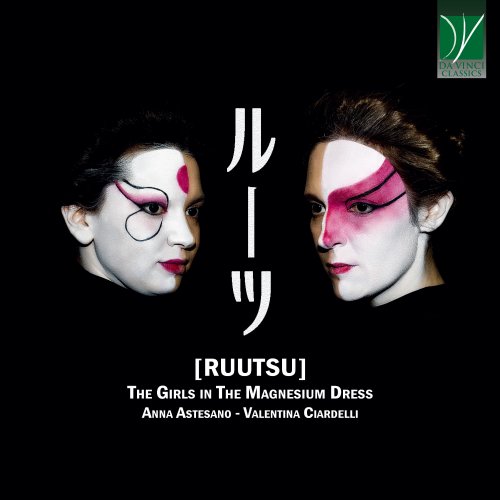

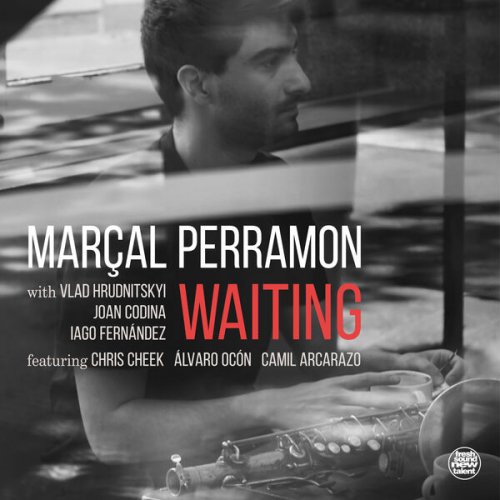
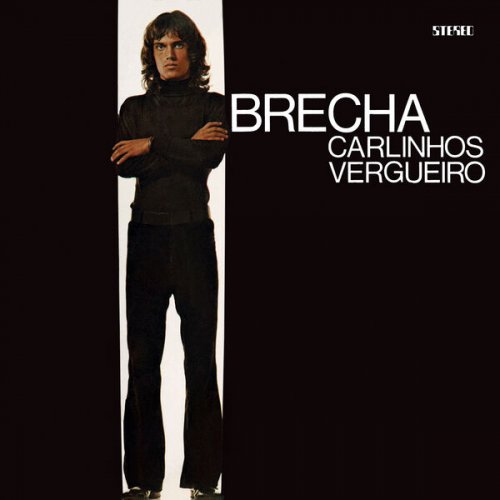
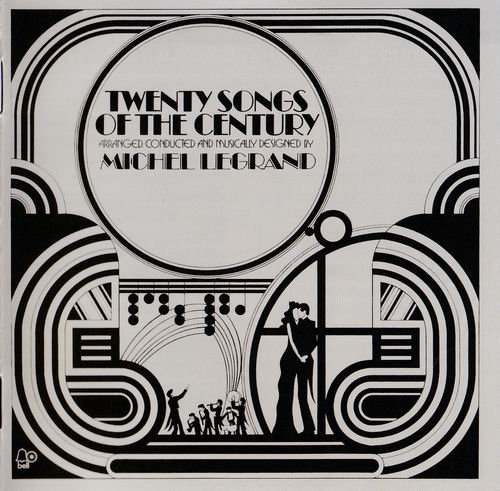
![NYO Jazz - Live in Johannesburg (Live) (2025) [Hi-Res] NYO Jazz - Live in Johannesburg (Live) (2025) [Hi-Res]](https://www.dibpic.com/uploads/posts/2025-12/1765894703_zwp14vk90corb_600.jpg)
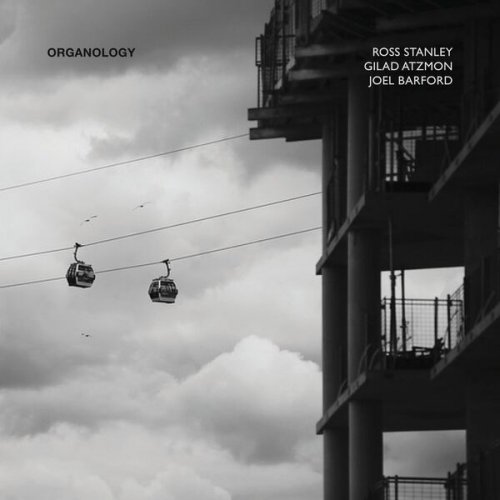

![Tomasz Stańko - Piece for Diana and Other Ballads (Polish Radio Sessions vol. 1/6) (2025) [Hi-Res] Tomasz Stańko - Piece for Diana and Other Ballads (Polish Radio Sessions vol. 1/6) (2025) [Hi-Res]](https://www.dibpic.com/uploads/posts/2025-12/1765788761_cover.jpg)
